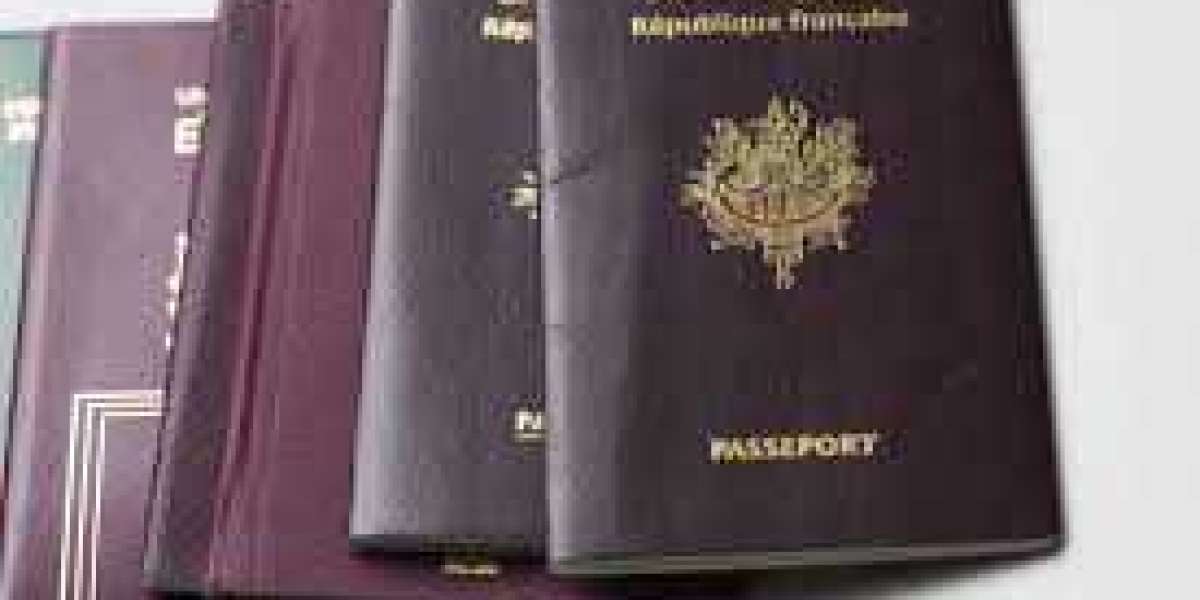The use of seal waxes on official documents has a rich and fascinating history that spans centuries. From ancient civilizations to modern times, the evolution of seal waxes reflects changes in technology, society, and governance. This article delves into the intriguing journey of official paper seal waxes, exploring their origins, development, and contemporary relevance.
Ancient Beginnings
The origins of seal waxes can be traced back to ancient Mesopotamia, where clay seals were used to authenticate documents and secure goods. These early seals were often inscribed with intricate designs and symbols, serving as a mark of authority and authenticity. The use of wax as a sealing material emerged later, with the Egyptians and Romans adopting beeswax for sealing papyrus scrolls and other important documents.
Medieval Innovations
During the medieval period, the use of wax seals became more widespread and sophisticated. Nobles, clergy, and monarchs used personalized seals to endorse decrees, letters, and legal documents. The wax, typically colored red or green, was melted and impressed with a signet ring or stamp bearing the owner's emblem. This practice not only ensured the security of the document but also conveyed the authority and status of the sender.
Renaissance and Beyond
The Renaissance era saw further advancements in the art of seal making. The development of more refined waxes and intricate seal designs reflected the period's emphasis on artistry and craftsmanship. Seals became a symbol of personal identity and were often used in conjunction with elaborate coats of arms. The use of seal waxes continued to evolve, with innovations such as the introduction of sealing wafers and the use of different colors to signify various types of documents.
Modern Applications
In contemporary times, the use of official paper seal waxes has diminished with the advent of digital signatures and electronic authentication methods. However, wax seals still hold a place in ceremonial and formal contexts. They are often used for special occasions, such as the issuance of diplomas, certificates, and official proclamations. The tactile and visual appeal of a wax seal adds a touch of tradition and elegance to modern documents.
The Craft of Seal Making
The process of creating a wax seal involves several steps. First, the wax is melted and applied to the document. Then, a seal or stamp is pressed into the soft wax, leaving an impression. The choice of wax, color, and design can vary depending on the intended use and cultural context. For example, red wax is traditionally associated with royalty and officialdom, while other colors may be used for personal correspondence or artistic purposes.
Symbolism and Significance
Throughout history, seal waxes have carried significant symbolic weight. They represent authority, authenticity, and confidentiality. A sealed document is considered secure and tamper-proof, with the seal serving as a guarantee of its integrity. The use of personalized seals also reflects the importance of individual identity and the role of the seal bearer in society.
Conclusion
The history and evolution of official paper seal waxes offer a window into the changing dynamics of communication, authority, and artistry. From ancient clay seals to modern wax impressions, the journey of seal waxes is a testament to human ingenuity and the enduring value of tradition. While digital technologies continue to transform the way we authenticate documents, the charm and significance of a wax seal remain timeless.
As we look to the future, the legacy of official paper seal waxes will undoubtedly continue to inspire and captivate those who appreciate the blend of history, craftsmanship, and symbolism that these seals represent.



